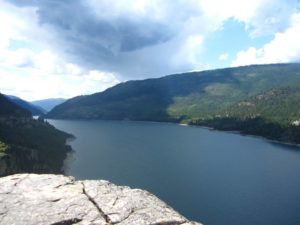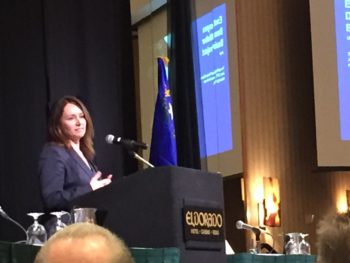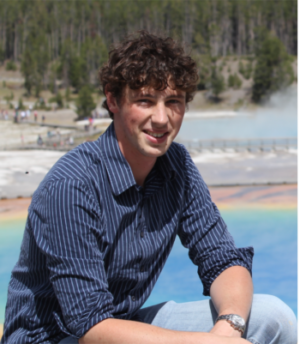Recent Oregon Administrative Rule Revisions Tailored to Small Municipal Water Suppliers

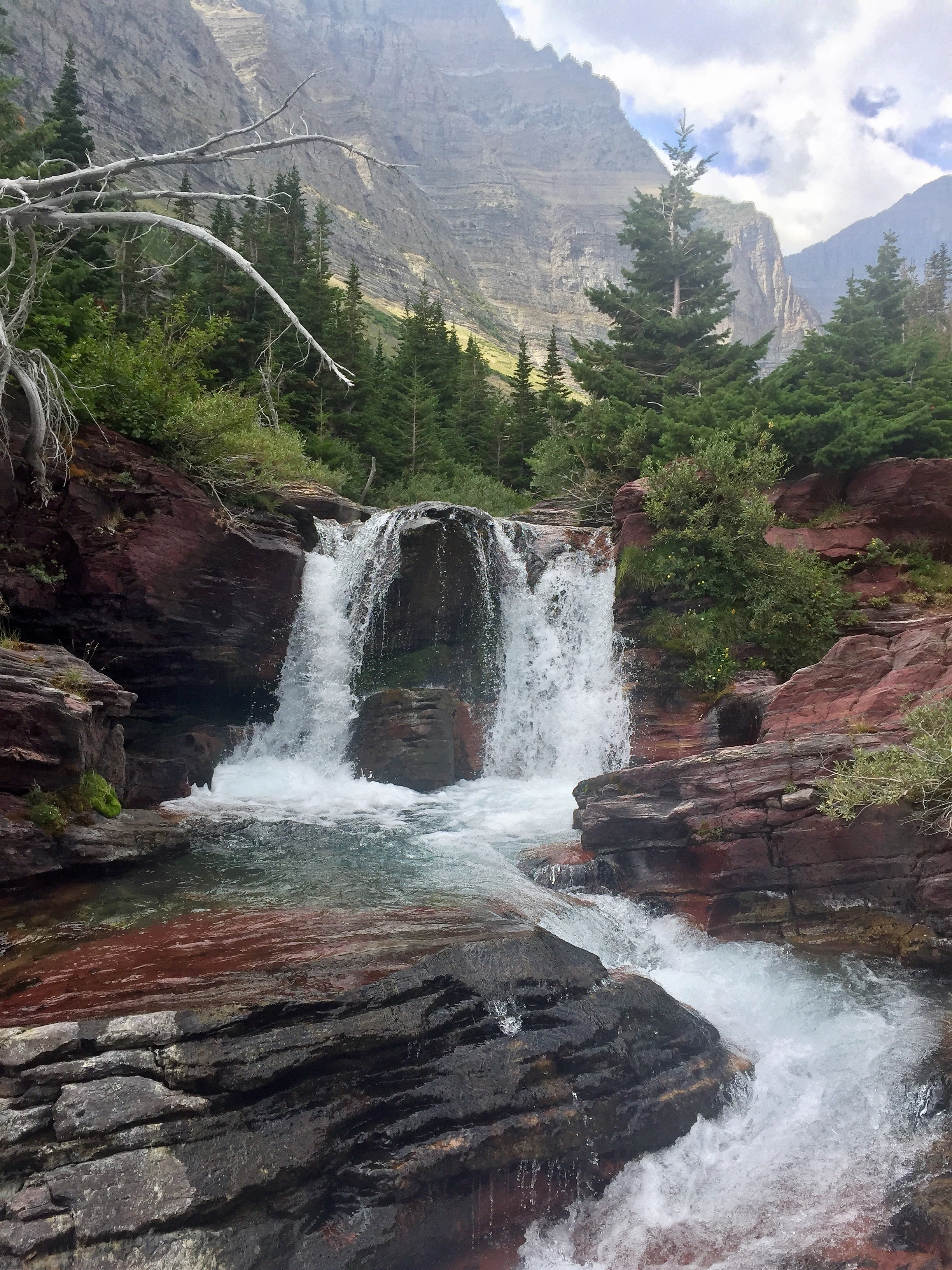
At the end of 2018, the Oregon Water Resources Commission adopted new rules to facilitate small municipal water suppliers’ completion of Water Management and Conservation Plans (“WMCP”). The Oregon Water Resources Department (“OWRD”) stated the new Oregon Administrative Rules (“OAR”), OAR 690-086-0300 to 0370, are intended to provide more flexibility for small municipal water suppliers to meet water conservation and curtailment objectives. Small municipal water suppliers in turn hope the new rules will reduce complexity to lessen the financial and staffing challenges previously associated with completing a WMCP.
WMCPs are only required to be submitted to OWRD if required by a water right permit condition, a Final Order approving a permit extension of time, or a Final Order approving a previous WMCP. While WMCPs are otherwise optional, OWRD encourages submission as a way to pursue long term water supply planning.
A Small Municipal Water Supplier is defined under the new OARs as: (1) a municipal water supplier that serves a population of less than 1,000 people or has less than 300 service connections, and (2) within the previous 5 years, the system’s maximum daily demand or maximum instantaneous rate, has not exceeded 2 million gallons per day or 3.1 cubic feet per second.[1] If a water supplier satisfies that definition, then it may be able to complete an “Alternate Municipal WMCP” in accordance with the new OARs.
Rather than submitting a regular WMCP, an Alternate Municipal WMCP may be submitted by a Small Municipal Water Supplier, if in order to meet current and projected demand in the next 10 years the supplier will not need to:
- Acquire a new water right; or
- Expand or initiate diversion of water allocated under an Extended Permit.[2]
Another notable change in the WMCP OARs is the revision to the annual Water Audit provisions. If a Municipal Water Supplier notes Water Losses exceed 10 percent within 2 years of approval of its WMCP, the supplier must undertake steps to explain the losses and remedy the situation.[3] However, Small Municipal Water Suppliers completing an annual Water Audit need only remedy losses if the Water Losses exceed 15 percent and the supplier serves a population greater than 300 people or has more than 100 service connections.[4]
Therefore, Small Municipal Water Suppliers that must soon complete a WMCP should determine whether an Alternate Municipal WMCP is appropriate, and what impact the new OARs will have on the supplier as it completes its WMCP. Schroeder Law Offices frequently works with municipal water suppliers and consultants to ensure WMCPs comply with the OARs and to assist in obtaining OWRD’s approval.
[1] OAR 690-086-0030(8).
[2] OAR 690-086-0300(1).
[3] OAR 690-086-0150(4)(e).
[4] OAR 690-086-0350(4)(e).

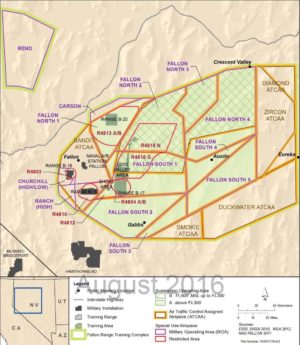


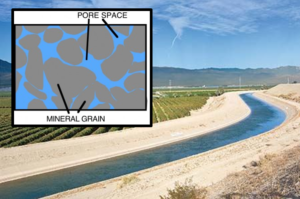

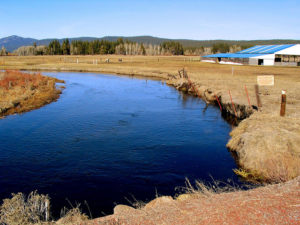

 Taking time away from their busy schedule, Schroeder Law Offices attorneys and staff spent an educational weekend together while also celebrating their newest achievements!
Taking time away from their busy schedule, Schroeder Law Offices attorneys and staff spent an educational weekend together while also celebrating their newest achievements! Utilization Concepts! We then met up with Professor Todd Jarvis of the Institute for Natural Resources at Oregon State University to discuss water rights issues in the West, learning a bit about the water basin utilization project he and associate attorney Jakob Wiley are working on. Professor Jarvis and attorney Wiley (with some other contributors) are collaborating to write a book on the unitization of aquifers as a way to manage water use – while still in the research phase, the book is expected to be completed by the Summer of 2019. We look forward to sharing their discoveries and plans as they move forward.
Utilization Concepts! We then met up with Professor Todd Jarvis of the Institute for Natural Resources at Oregon State University to discuss water rights issues in the West, learning a bit about the water basin utilization project he and associate attorney Jakob Wiley are working on. Professor Jarvis and attorney Wiley (with some other contributors) are collaborating to write a book on the unitization of aquifers as a way to manage water use – while still in the research phase, the book is expected to be completed by the Summer of 2019. We look forward to sharing their discoveries and plans as they move forward. We Escaped! Finally, Schroeder Law Offices took the opportunity to do some additional team building and participated in two different escape rooms at “Stumptown Escape Games.” The games were challenging but our teams escaped by putting their heads together and succeeding under pressure!
We Escaped! Finally, Schroeder Law Offices took the opportunity to do some additional team building and participated in two different escape rooms at “Stumptown Escape Games.” The games were challenging but our teams escaped by putting their heads together and succeeding under pressure! 


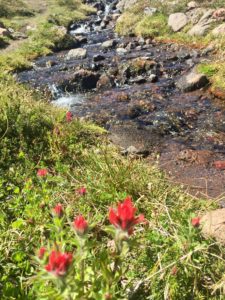

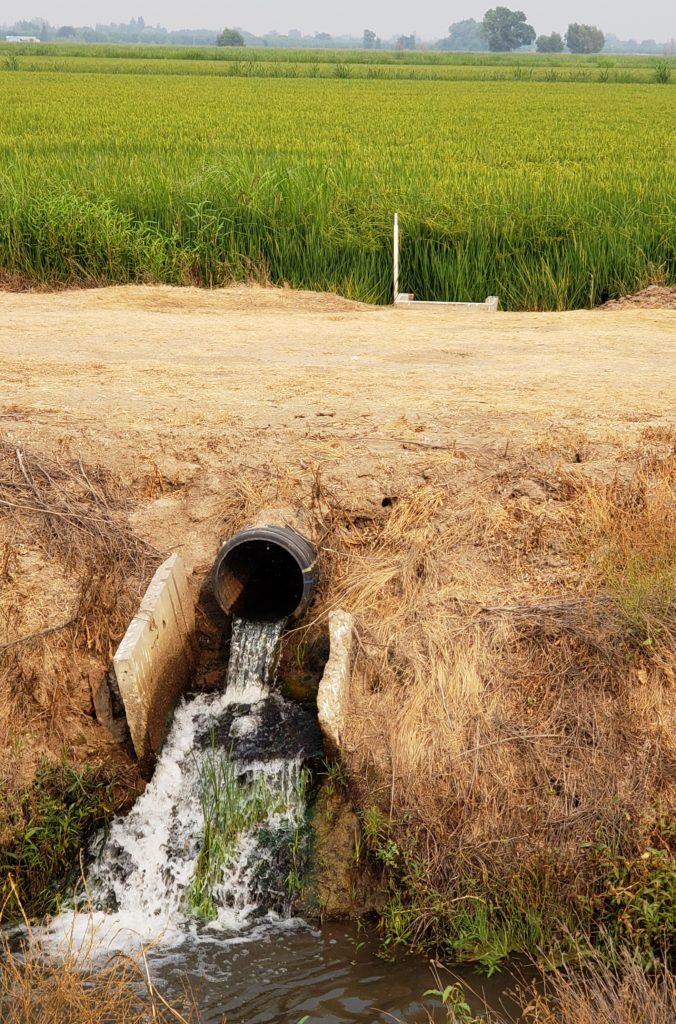

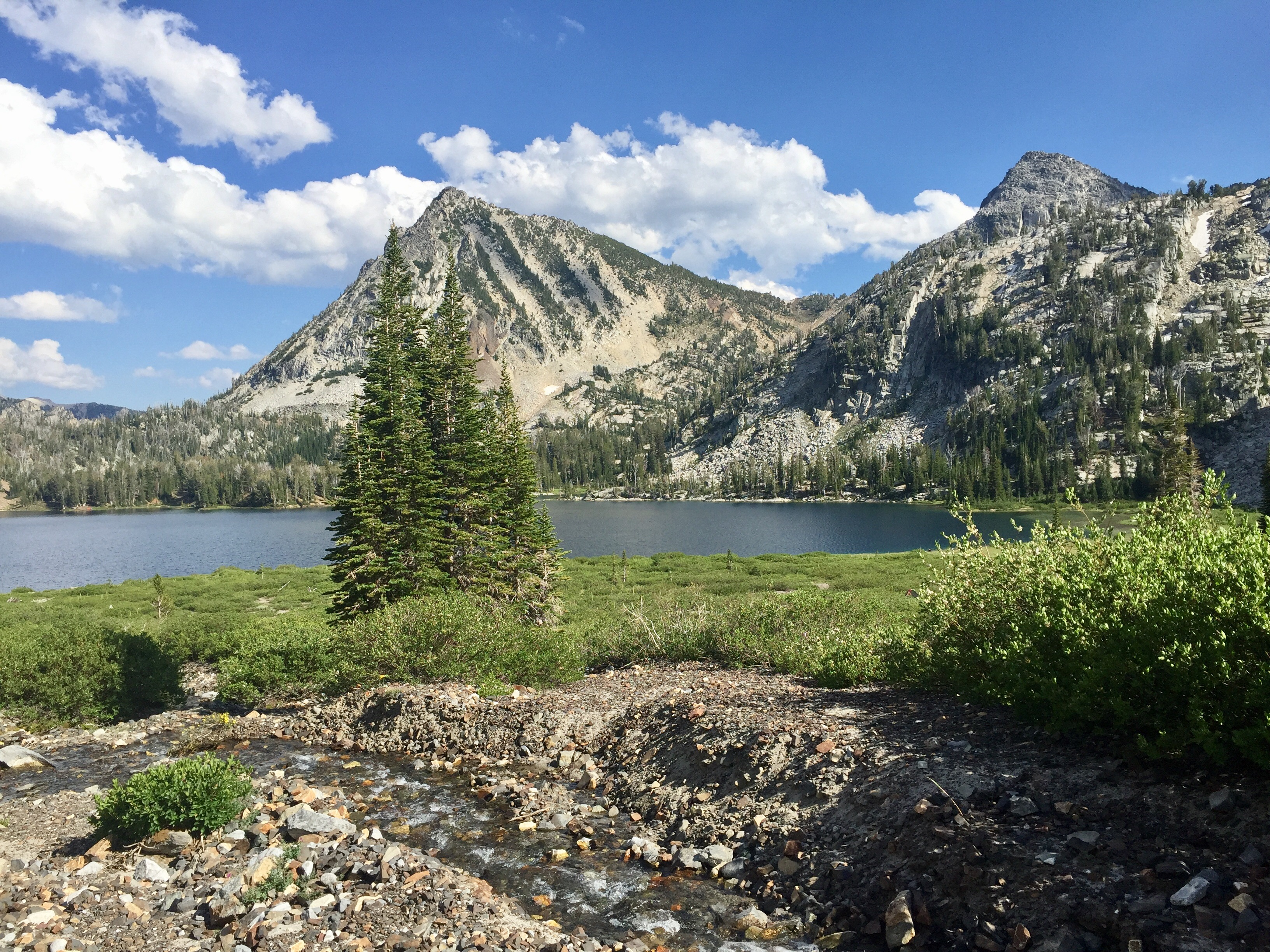


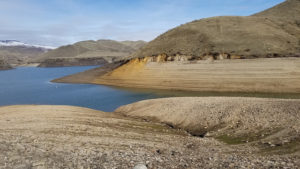

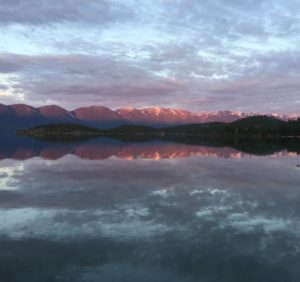


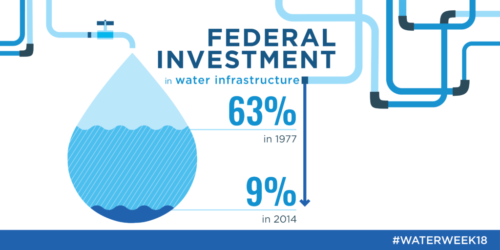 A few main events will take place during Water Week:
A few main events will take place during Water Week: 
